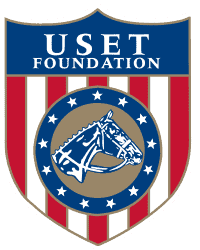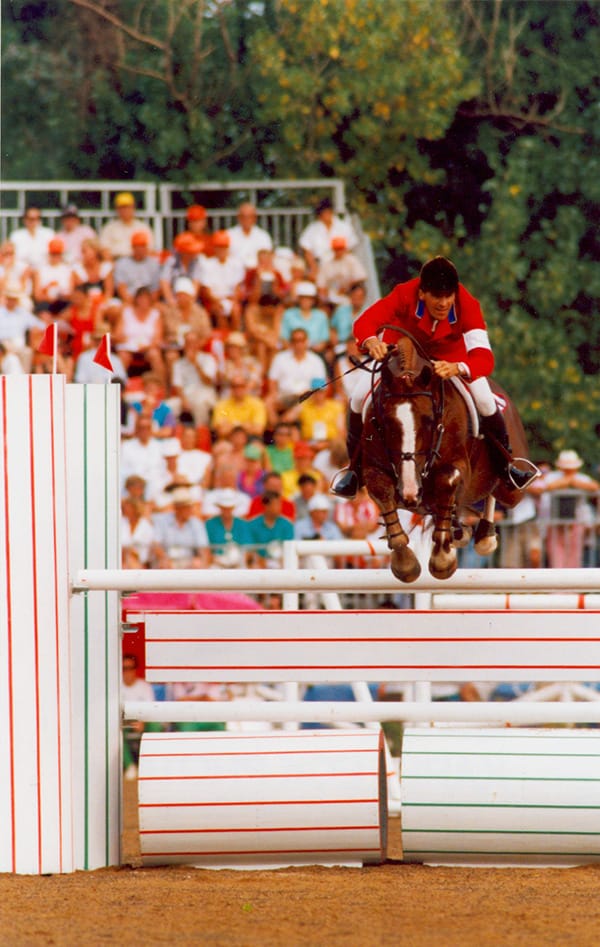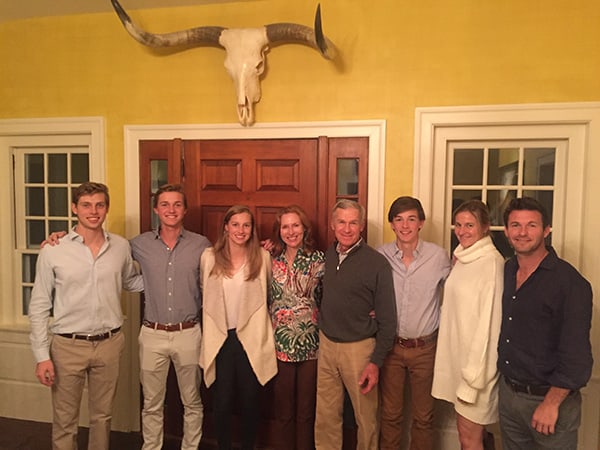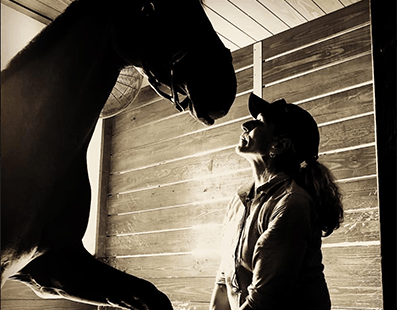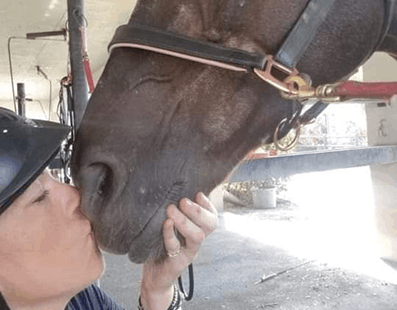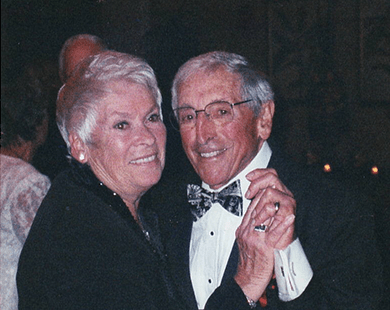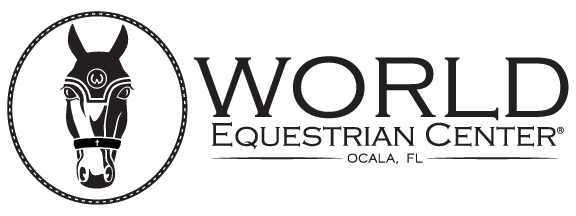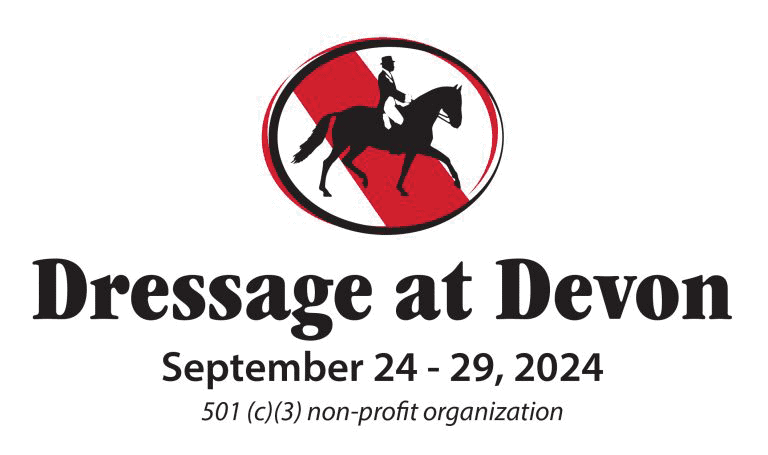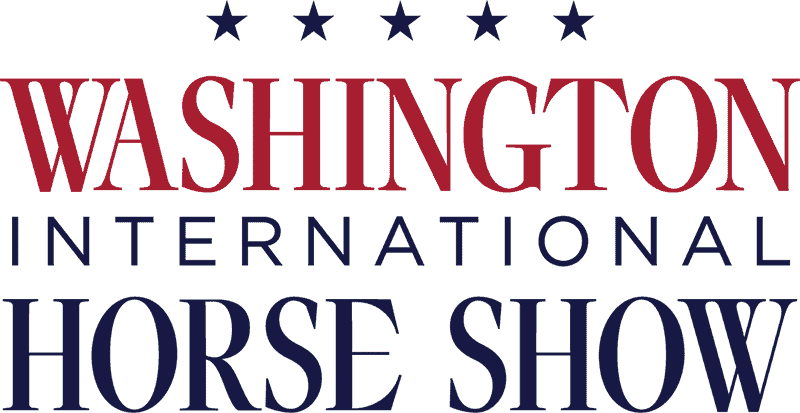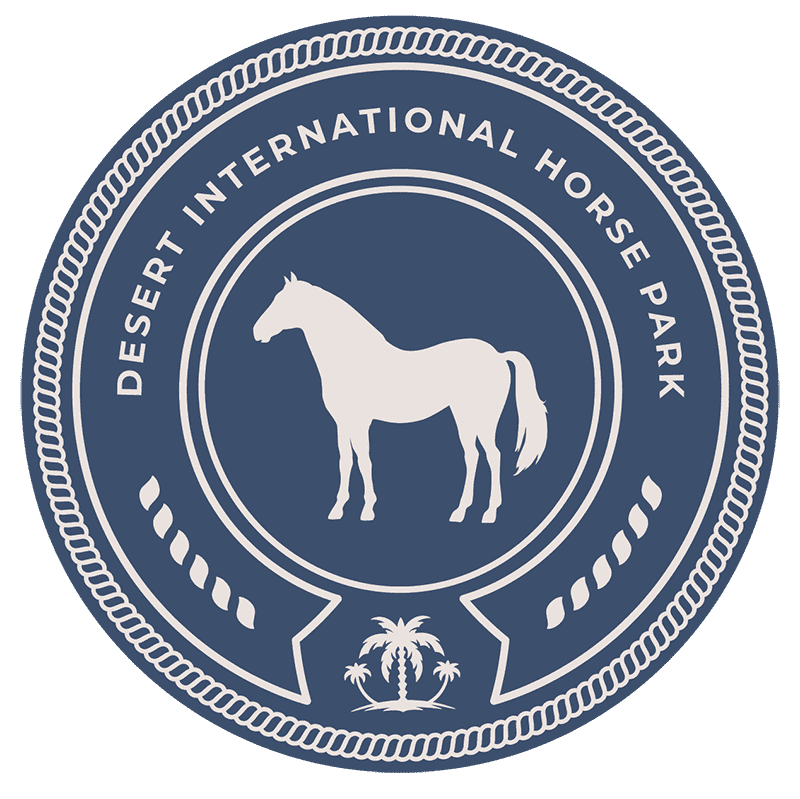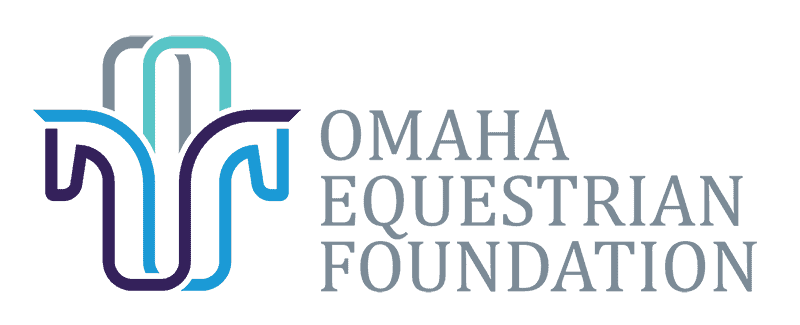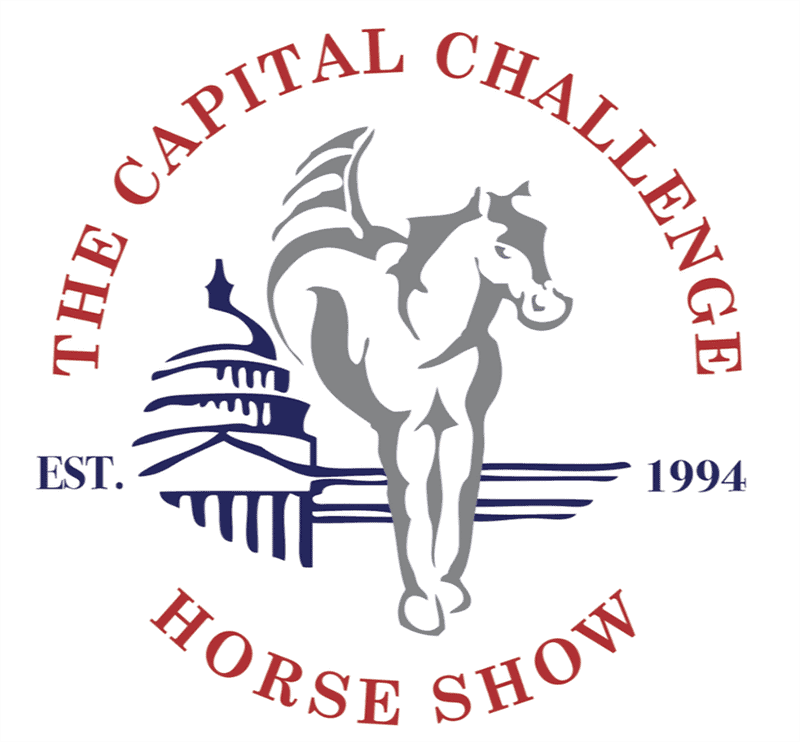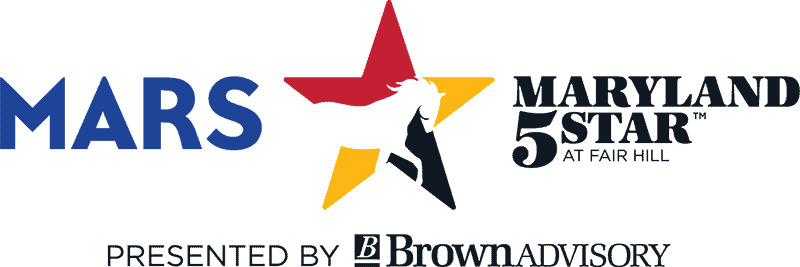Halfway through his career as a world champion show jumper, Michael Matz decided to try something new: thoroughbred racing.
Not many people will ever know the thrill of “going clear” in the show jumping ring on the Olympic stage, as thousands of Americans cheer you on. Even fewer will experience the heart-pounding excitement of watching a horse they’ve trained win the Kentucky Derby.
Yet Michael Matz has done both.
The native of Shillington, Pa., can claim a broad range of accomplishments that no one else in the world can — a silver medal in show jumping at the 1996 Olympic Games and a 2006 Kentucky Derby victory as trainer of the beloved Barbaro.
Despite Michael’s unprecedented success in two vastly different arenas, all the credit, he says, goes to his horses.
“Good horses make good riders. And good horses make good trainers,” says Michael. “You just have to try to find those good horses. Hopefully, you’ll be lucky enough to have one fall in your lap.”
Now with more than 40 years of experience in the industry, Michael, 69, is taking time to give back to other athletes — at least until he finds his next great horse.
Michael Matz – A Natural Talent for Show Jumping
Michael started his career by accident.
He was doing odd jobs on the farm of a neighbor, who asked him if he rode. “Yes,” said Michael, who didn’t want to lose the work — but he’d never sat on a horse before.
“Riding became more challenging, and one thing led to another,” Michael told The Chronicle of the Horse. “I joined the Pony Club and then started showing.”
Horses quickly became Michael’s passion. He represented Team USA at three Olympic Games, in 1976, 1992 and 1996, helping the U.S. to a team silver aboard Rhum IV at the Atlanta Games. In 2006, he was inducted into the Show Jumping Hall of Fame.
Throughout his illustrious show jumping career, Michael competed in World Championships, Show Jumping World Cups, Pan American Games and more. He conquered the elite level of the sport with kindness, generosity and a dedication to good horsemanship.
Outside of the arena, no situation showcased Michael’s tremendous heart more than his courageous actions after a plane crash in 1989. As Michael and his soon-to-be wife, D.D., were traveling from Denver to Chicago on United Airlines Flight 232, engine failure caused the plane to crash into a cornfield near Sioux City, Iowa.
Michael’s first instinct was to save three young children traveling unaccompanied, sitting just a few rows away from him. After guiding the children through thick smoke to safety, Michael returned to the burning plane when a fellow passenger heard a baby crying. Michael followed the sound and managed to rescue an 11-month-old girl.
Seven years later, U.S. team captains voted for Michael to carry the U.S. flag at the closing ceremony of the 1996 Atlanta Olympics. The honor commemorated his heroism in the plane crash and his equestrian legacy — and marked the end of Michael’s show jumping career.
A Bold New Start
Many Olympic show jumping riders retire from international competition to develop their own training programs. But Michael wanted to forge a new path for himself: thoroughbred racing, a sport that comes with its own unique set of thrills.
“I was getting too old to compete and I didn’t want to give riding lessons or buy and sell horses, so I tried training racehorses,” Michael explained to The Chronicle of the Horse.
And almost immediately, Michael’s deep understanding of horses influenced his second career.
“I think it was very helpful going from show jumping to racing,” says Michael. “I didn’t ride or gallop these horses, but I would sit on them occasionally to determine if the rider was feeling something I couldn’t see.”
Building a successful program requires patience, Michael notes. “It takes time,” he says. “For the first couple years, I didn’t have very good horses. Gradually, I got better horses and then I got real good horses.”
One of those horses would go down in history: Barbaro, a beautiful bay stallion who captured the hearts of the American public after a memorable win in the 2006 Kentucky Derby. Two weeks later, as he was attempting to secure the second jewel of the Triple Crown, Barbaro shattered his leg in the Preakness Stakes.
For the next year, the best veterinarians in the country tried to save Barbaro while his fans and owners watched and waited, hopeful for his recovery. But ultimately, after a gallant fight, the stallion was euthanized in early 2007.
“Obviously, nobody will ever know how great a horse Barbaro could have been,” says Michael. “I was so lucky to have had a horse like that. He was everything you want in a racehorse. He was big, good-looking, fast, sound. And those are the things you’d want in a jumper, too.”
Giving Back to His Community
This year, Michael is making a small shift in his career. “I’m trying to cut down a little bit with the racehorses,” he says. “Time doesn’t stop for anybody.”
This summer, Michael will have about 40 horses in his barn at Fair Hill in Maryland — mostly 2-year-olds that he’ll prepare for their first season of racing. Although that seems like a lot, it’s still fewer than the 80 horses he’s had in training before.
Though most mornings you can still find Michael trackside with stopwatch in hand, he’s also been embracing his roots and returning to the show jumping ring to offer counsel — both to his six horse-crazy kids and to other show jumpers eager for his expertise.
“I’m getting older, and I want to see my kids jump more,” Michael says. “and if I can help some other athletes in some way, that’s very gratifying.”
